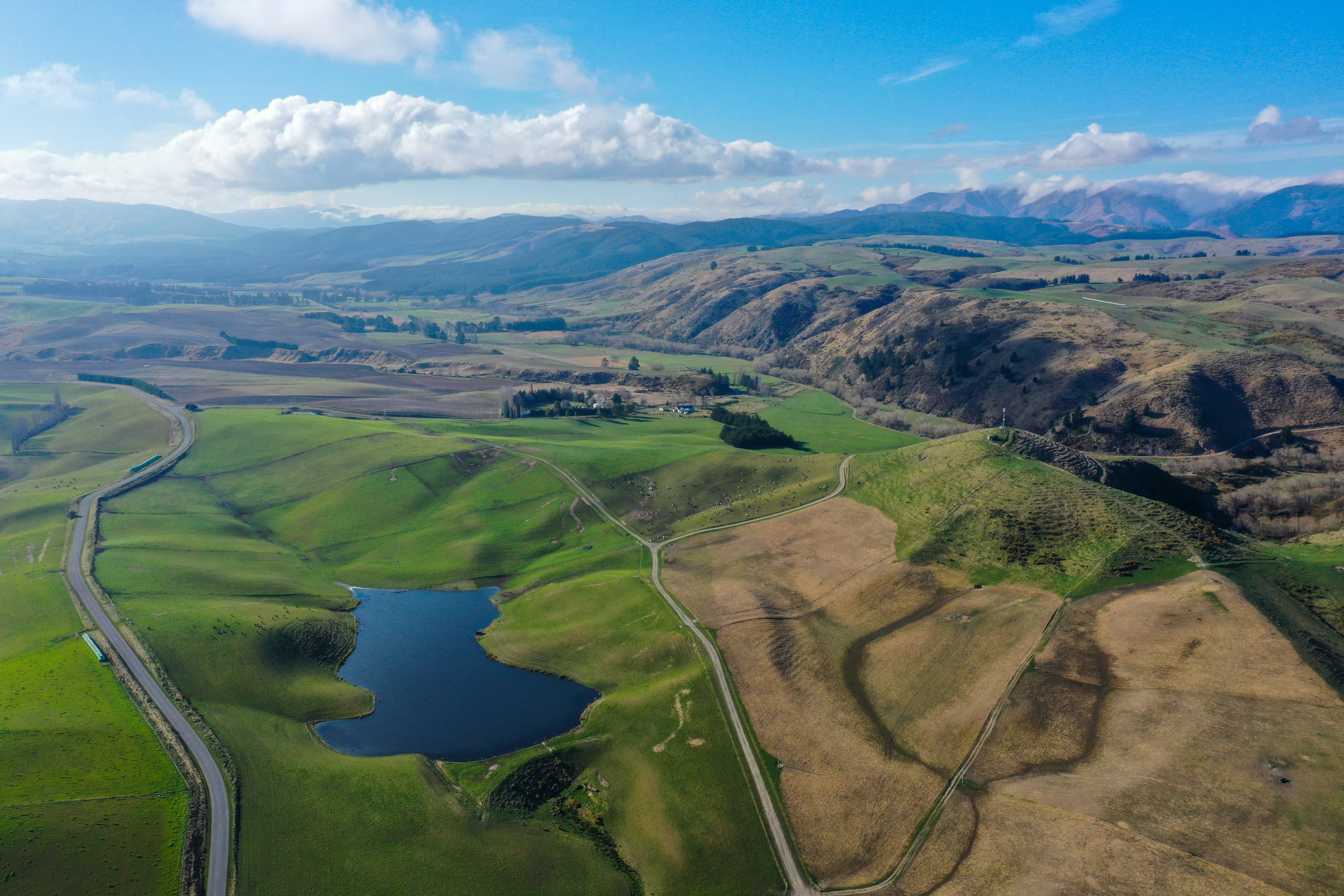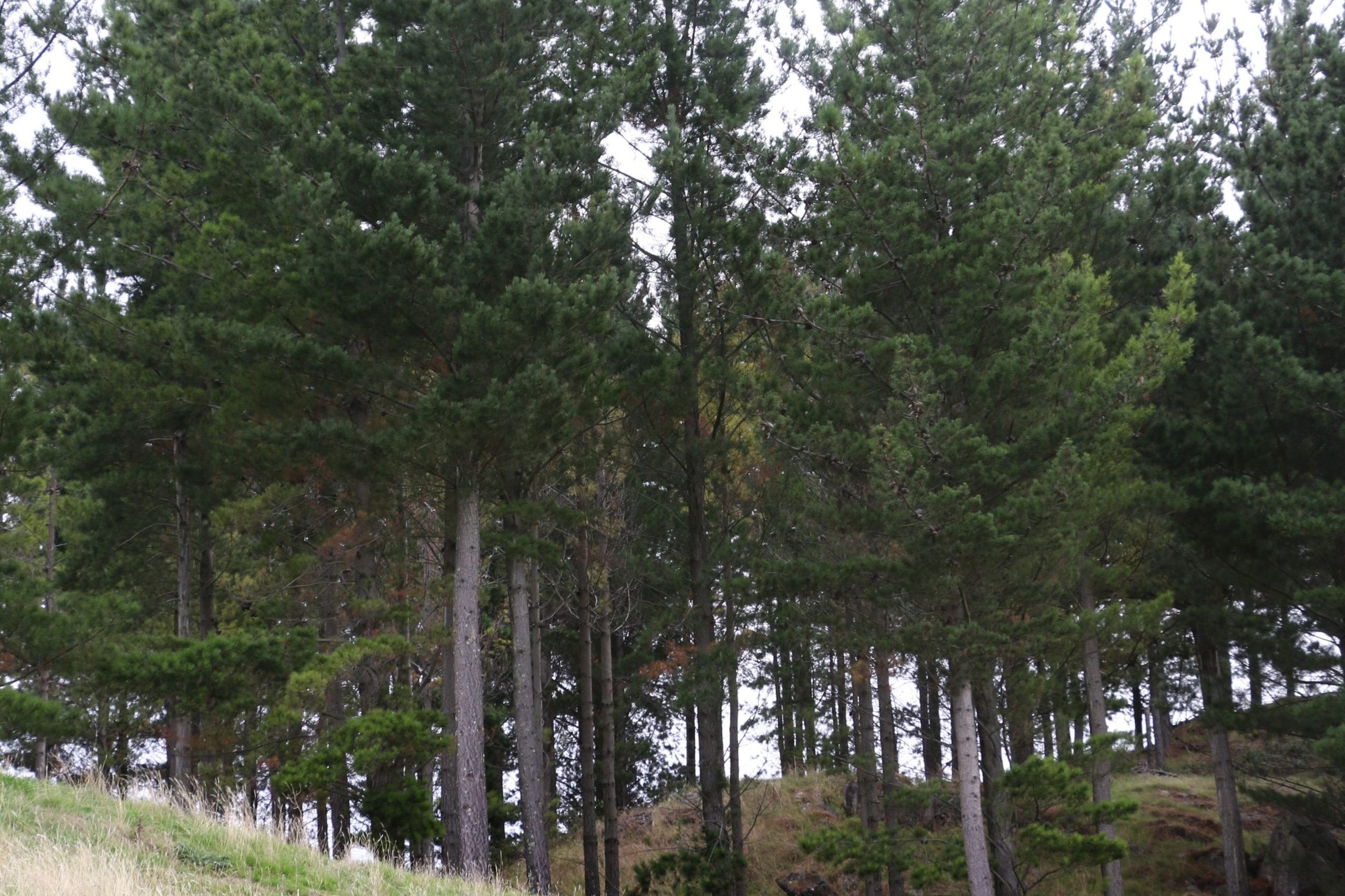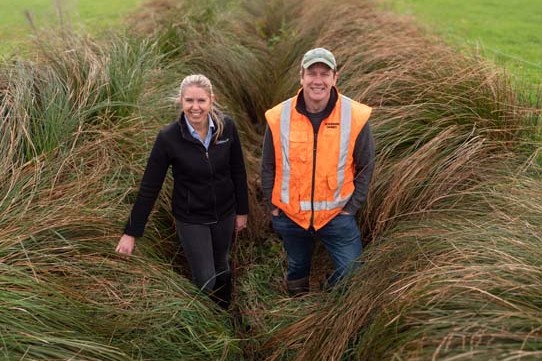Words by: Elaine Fisher
When the Clean Streams Accord was introduced in 2003, Waikato dairy farmer Grant Wills saw real value in farmers fencing and planting waterways for farm management benefits and to help meet long-term international market requirements.
He began by fencing a steep section of river bank that had stock management issues on his 215ha (effective) 780-cow property near Walton.
The gently rolling land, which has been in Grant’s family for three generations, has five kilometres of streams running through it. Grant and his family have planted all these with more than 12,000 trees and are now targeting smaller tributaries and steep sidlings.
“There are a number of initiatives around the country looking at creating some sort of productive return out of the riparian areas. A valley on this farm has been recently planted in bee-loving species, including rewarewa, for potential honey production in the future,” says Grant.
Early on, Grant mapped his whole farm and the waterways were divided into bite-sized sections for planting. Fencing setbacks vary depending on the terrain and where it would be beneficial for stock management. His attitude to setbacks has changed over time.
“We don’t really miss the grass and we are better off planting trees in less productive areas. We get aesthetic benefits and improved stock management. With a whole range of planting ages now growing on the farm, it’s interesting to see which species flourish and which don’t. Some of the earlier manuka plantings are nearing the end. Flaxes planted close to the fence have no regard for the hot wire.”
“Riparian planting is a long-term game, with long term rewards, both aesthetically, and for our environment’s sustainability.”
Both family and staff have taken pride in seeing ‘their’ riparian areas they planted and maintained develop into mature native tracts.
Plants need to be fairly close together, Grant says. “We plan a maximum of two metres between plants. At this distance they can provide shelter for each other and prevent weeds from getting a good hold.
“Leaving a grass strip prevents the plants from short circuiting the fence. Fencing needs to reflect the stock classes that the plants are being protected from.
“Fencing and planting is fairly easy, however follow-up maintenance is demanding, but it’s essential. We plant in June/July and do maintenance later that year and the following year, which consists of trampling down grasses around the plants and spraying out any weeds like blackberry. You can’t just do this when you get a chance, it has to be done at specific times of the year for best results.”
Releasing new plantings used to be carried out once only, five to six months after planting. But prolific spring growth in the past couple of seasons has required two releases in the spring/summer period.
Grant’s advice is to be realistic – get staff, family or casual workers on board and make a plan to keep on top of it because it makes a big difference. Now there are also competent commercial businesses available to sell, plant and maintain the riparian areas.
“Riparian planting is a long-term game, with long term rewards, both aesthetically, and for our environment’s sustainability.”





